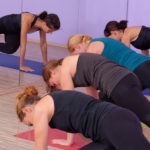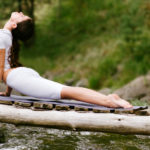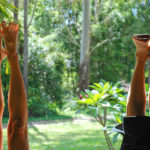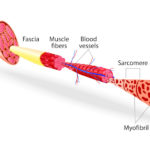Probably not as many as you think. Does that really matter? Maybe not as much as you think. Students occasionally ask me “How many calories do you burn practicing yoga?” I often assume that what’s underlying the question is another question, “Will I lose weight practicing yoga?” but that’s really a different question, which I’ll…






